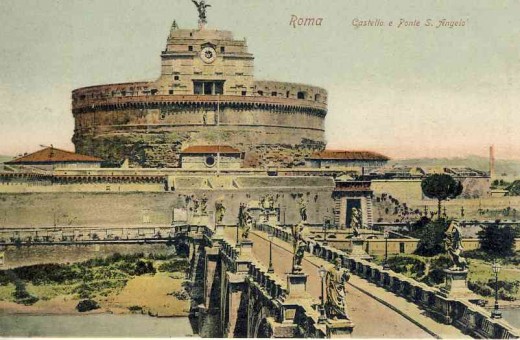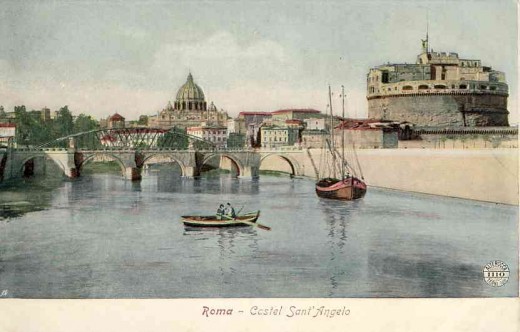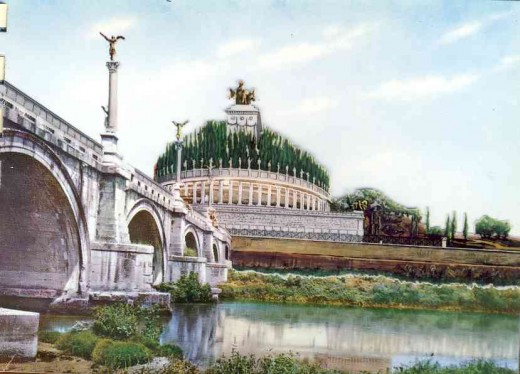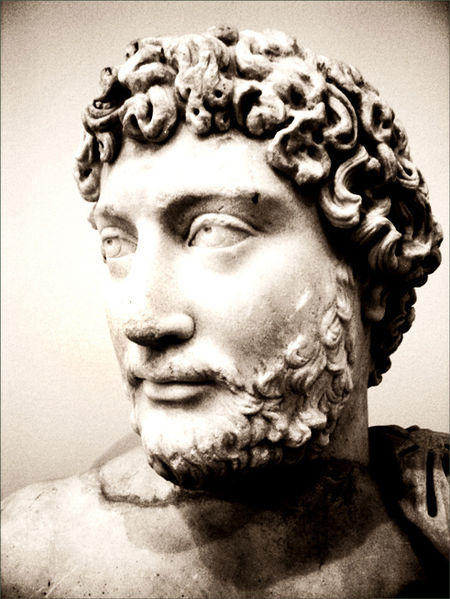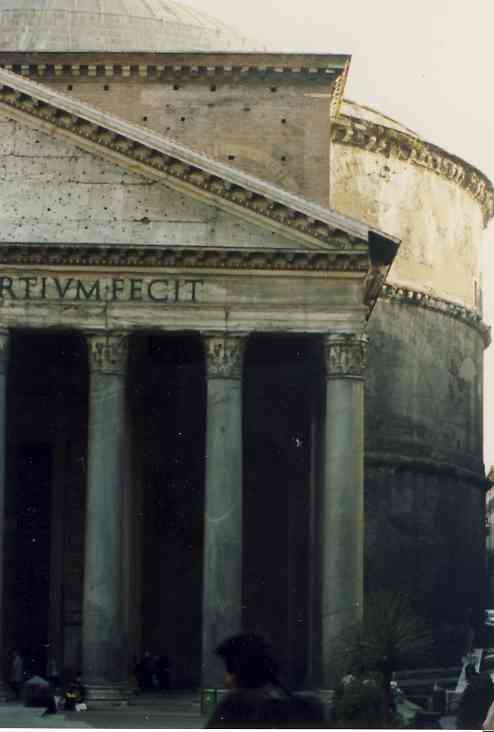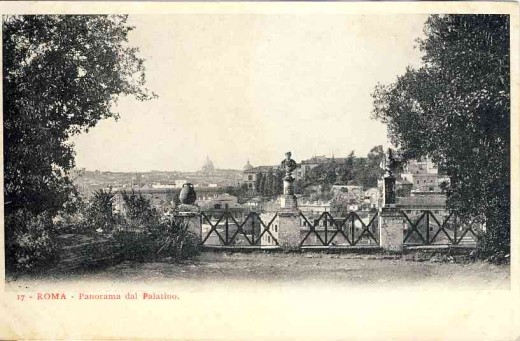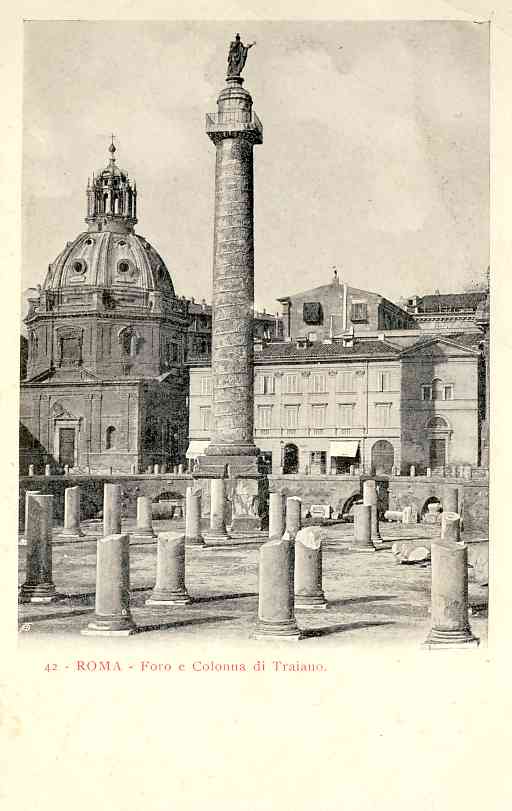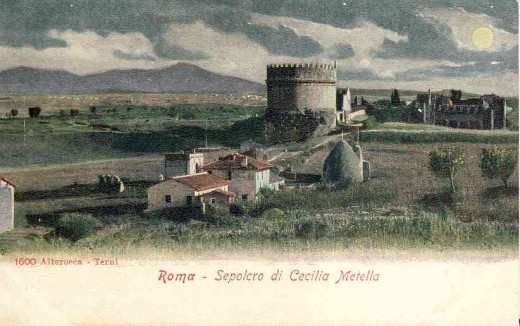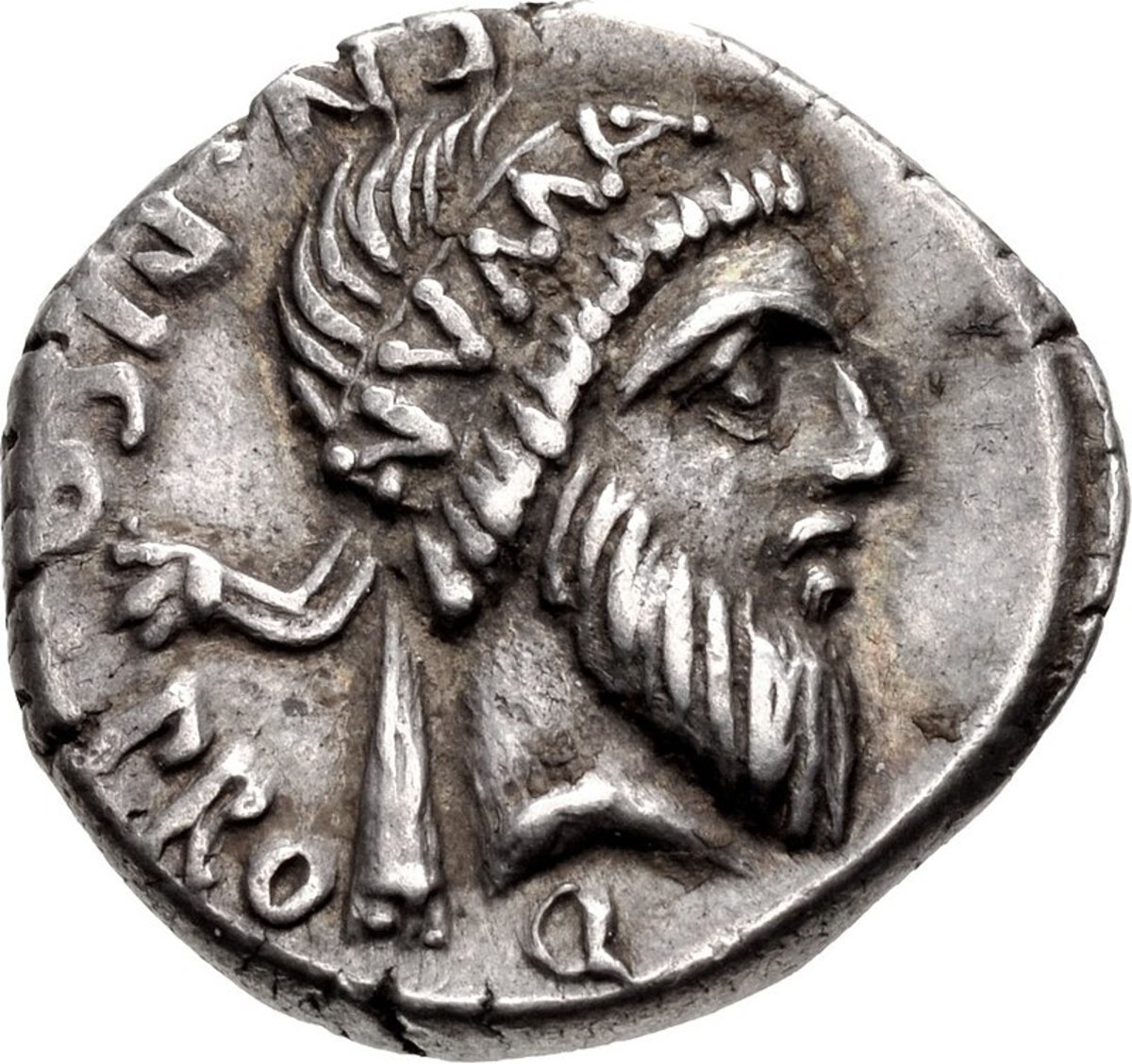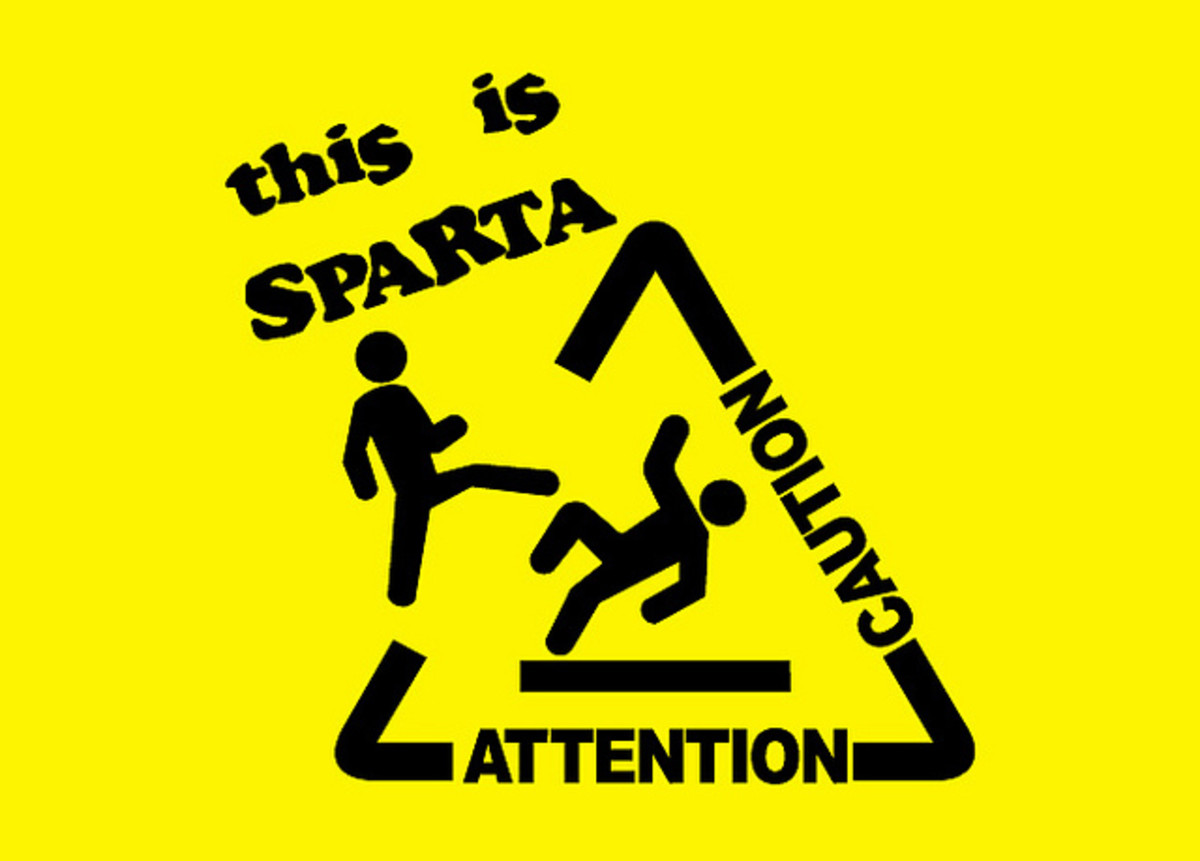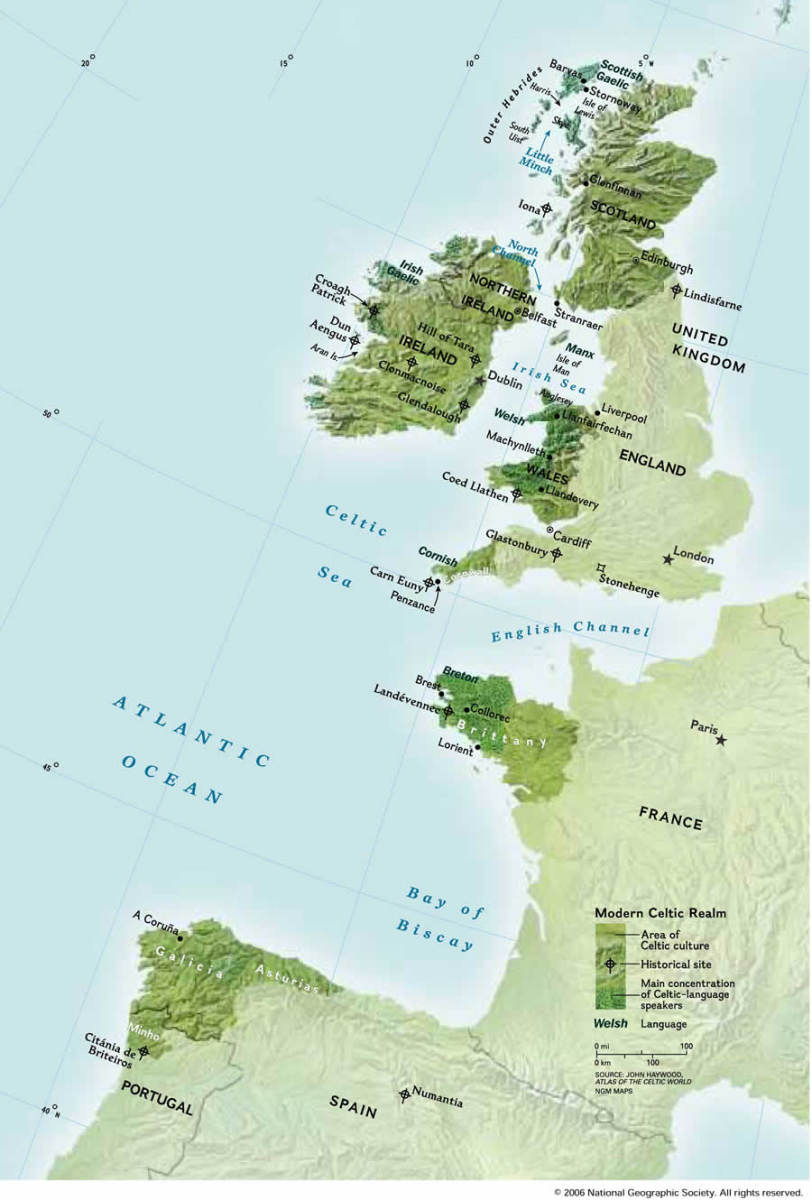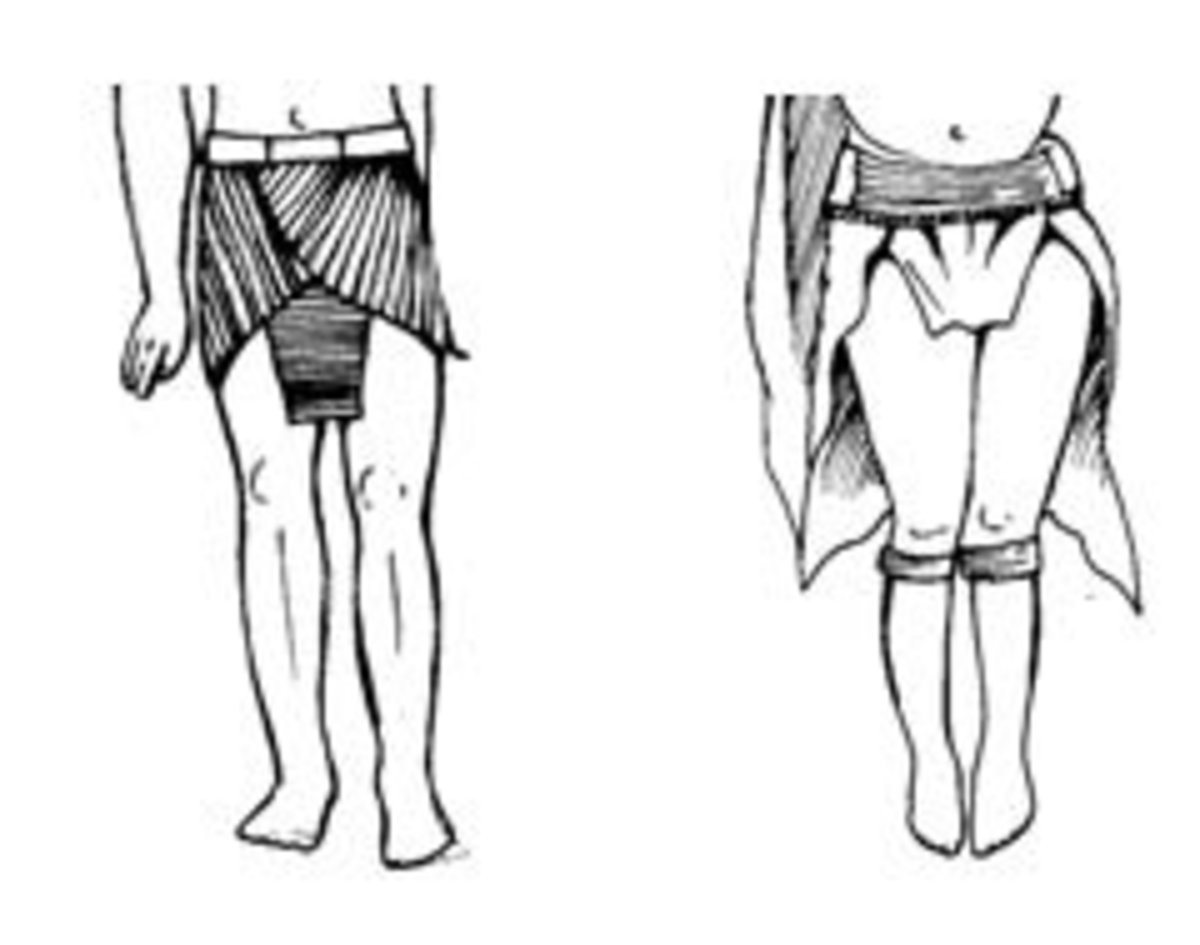Ancient Rome in vintage postcards
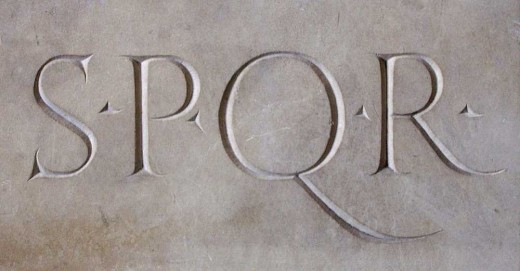
All roads lead to Rome
Ancient Rome is a subject of seemingly endless fascination to modern humanity, perhaps because it, more than other empires, represents some ideal of strength and stability, which contrasts starkly with our age of rapid, discontinuous change and the neuroses and fears that accompany our experience of the world.
Rome, was founded, according to legend, in about the 9th Century BCE, though in fact the area where Rome now stands was inhabited possibly some 14000 years ago. The Eternal City, as it came to be known, grew into a formidable empire situated around the Mediterranean and extending beyond, connected with a spider's web of roads which indeed, all led to Rome.
Another reason why we are so fascinated with Rome is that its experience of the end of empire is also ours. In the last century the once-great British Empire crumbled and fell, the Russian Empire of communism rose and fell, the United States Empire (though of course these latter two would deny the appellation “Empire”) became almost all powerful and in this century a new imperialism is at work – the imperialism of China, which is starting to challenge the hegemony of the United States.
The fact is that human history is full of the expansion and contraction of human societies – we have seen them all, faith-based entities like the Christian and the Muslim, politically-based like the Russian Communist Empire, economically-based like the US Empire, and even attempts, which fortunately failed, at racially-based empires. Of course, all Empires contained elements of all of these characteristics, and I am using the term “empire” rather loosely here.
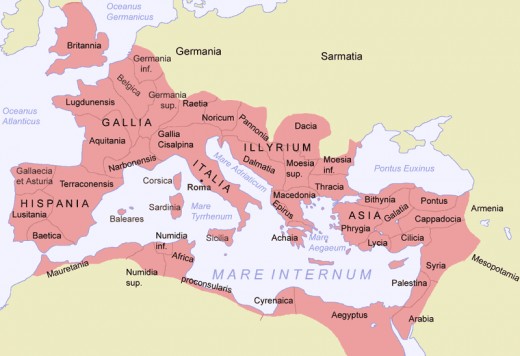
The myth of Rome
The seeming stability and strength of ancient Rome is, of course, an illusion. The people of Rome faced the same fears, the same disruptions, that we face today, perhaps at a slightly slower pace, but very real and angst-ridden for all that.
These musings on Rome and empire were prompted by some old postcards of Rome that my Great-Aunt Hetty McGregor had collected at the beginning of the 20th Century and which I have recently re-discovered.
These postcards show, rather romantically, the ruins of the splendour that was Rome. They are reminders that the Eternal City is not really so Eternal, but is, like all human constructs, liable to decay.
The Romans must have had a sense of the fragility of their society and built monumental structures to distract their minds and give themselves a sense of permanence. It is those structures that these postcards show.
While in Rome some years back I bought a little book called Rome Past and Present , put together by Professor R.A. Staccioli and published by Vision Publications in 1993.
The beauty of this book is that it shows reconstructions of how the buildings might have looked at the time when they were built. These reconstructions are printed on clear plastic overlays which fit over photos of the ruins. A brilliant idea and this helps one to understand the past.
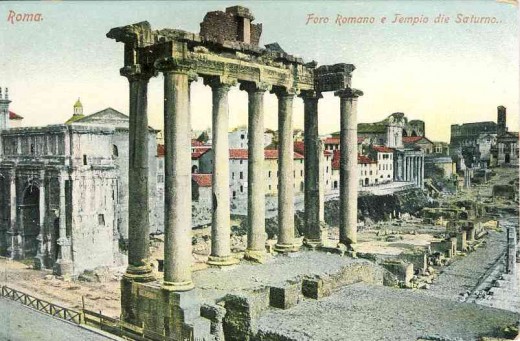
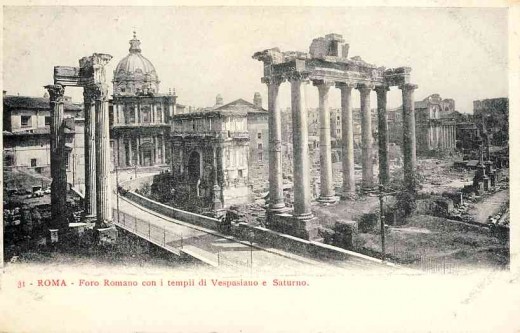
The Forum Romanum
I have visited Rome but once, and on that occasion I was intensely moved by a visit to the Forum Romanum . The guide (not a professional guide, but a professor of history who had made a study of the Forum) pointed to the place where Julius Caesar and the Ides of March had their fatal encounter: “Et tu, Brute ? Then fall, Caesar!”
These two postcards illustrate the Forum Square with the remains of the Temple of Saturn and the Triumphal Arch of Septimius Severus in the centre and the three remaining pillars of the Temple of Concord to the left.
The Temple of Saturn is regarded as one of the oldest in Rome, although the parts of it left standing now are part of restorations done in 42 BCE and during the 4th Century CE. The inscription on the pediment reads Senatus Populusque Romanus incendio consumptum restituit , meaning "The Senate and People of Rome restored what fire had consumed".
The Temple of Concord was built by the dictator Marcus Furius Camillus (ca. 446 – 365 BC) to celebrate the reconciliation he helped to facilitate between the plebeians and the patricians in 367 BCE.
Septimius Severus, also known as the “African Emperor” because he was born in what is today Libya, erected the Triumphal Arch in 203 to celebrate his victory over the Parthians. Severus was also known for his persecution of Jews and Christians, whom he seems to have pursued with some vigour.
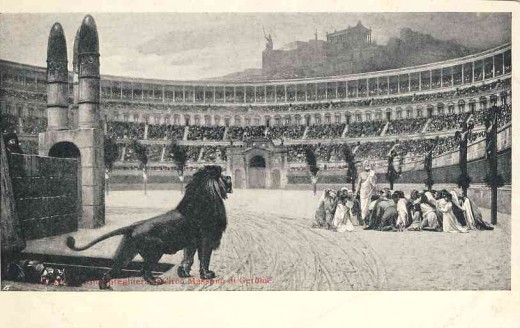
The Circus Maximus: "panem et circenses"
[...] iam pridem, ex quo suffragia nulli / uendimus, effudit curas; nam qui dabat olim / imperium, fasces, legiones, omnia, nunc se / continet atque duas tantum res anxius optat, / panem et circenses . […] - Decimus Iunius Iuvenalis (Juvenal), Satire 10.77–81 (… Already long ago, from when we sold our vote to no man, the People have abdicated our duties; for the People who once upon a time handed out military command, high civil office, legions — everything, now restrains itself and anxiously hopes for just two things: bread and circuses.)
Dating from the time of the Etruscan kings, the Circus Maximus was both the oldest and the largest of the several chariot racing stadiums in Rome.
It also has the rather unenviable distinction of being the site of what is still the sports-related disaster with the largest death toll: in 140 CE 1112 punters were killed when the top level of the stadium collapsed.
It was part of the deliberate policy of the rulers of Rome to keep the populace quiescent by distracting them with entertainment and providing at least some food in the form of the grain dole, which was started by politician Gaius Sempronius Gracchus in 123 BCE.
The Circus Maximus could hold around 250000 people, and they came from all walks of life. As historian Robert B. Kebric writes in his book Roman People (McGraw-Hill Humanities/Social Sciences/Langua; 3 Sub edition, 2000): "Inside its four-story facade, the Circus was a maze of shops, rooms, stairways, and arcades. Throngs of people moved about the great interior corridor that provided access to any part of the structure. Vendors hawked their wares and sold refreshments and souvenirs; and, of course, there were always prostitutes, gamblers, pickpockets, girl watchers, and drunks."
Successive Emperors were interested in the chariot races and Nero actually took part. In spite of, on one occasion, being thrown off his chariot and having to be remounted, was declared winner! Guess it was a little risky for the other racers for him not to win.
The interest of the Emperors in the races is symbolised by the fact that the Circus Maximus is right alongside the Imperial Palace.
By the time the last race was run at
the Circus Maximus in 550 CE the races had been going on for 1000
years. Will Newmarket one day top that?
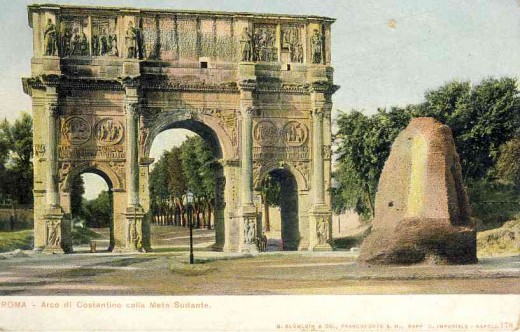
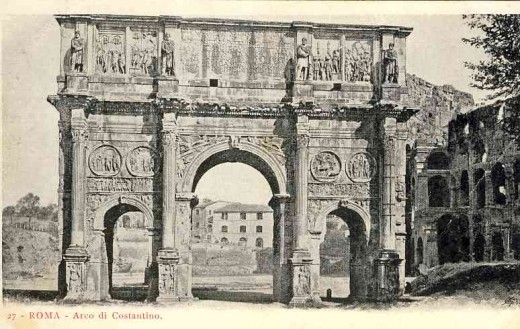
The Arch of Constantine
In October 312 CE the Emperor Constantine I won a battle against Marcus Aurelius Valerius Maxentius (c. 278 – 28 October 312) at the Milvian Bridge which, in the words of historian Paul K. Davis (100 Decisive Battles from Ancient Times to the Present: The World’s Major Battles and How They Shaped History, Oxford University Press, 1999) , “... gave him total control of the western Roman Empire, paving the way for Christianity as the dominant religion for the Roman Empire and ultimately for Europe."
It was in the prelude to this battle that, according to early historians Eusebius of Caesarea and Lactantius, the Emperor saw a vision of a cross, and the words (originally in Greek) in hoc signo vinces ("In this sign, you shall conquer"). This alleged vision led to profound changes in the Roman world, including the gradual establishment of the Roman Church, which in turn had profound consequences for the western world.
Constantine had the Arch built and dedicated in 315, making it the last in the series of triumphal arches in Rome, of which there are five.
Above the main archway is the inscription:
IMP · CAES · FL · CONSTANTINO · MAXIMO · P · F · AVGUSTO · S · P · Q · R · QVOD · INSTINCTV · DIVINITATIS · MENTIS · MAGNITVDINE · CVM · EXERCITV · SVO · TAM · DE · TYRANNO · QVAM · DE · OMNI · EIVS · FACTIONE · VNO · TEMPORE · IVSTIS · REM-PVBLICAM · VLTVS · EST · ARMIS · ARCVM · TRIVMPHIS · INSIGNEM · DICAVIT (To the Emperor Caesar Flavius Constantinus, the greatest, pious, and blessed Augustus: because he, inspired by the divine, and by the greatness of his mind, has delivered the state from the tyrant and all of his followers at the same time, with his army and just force of arms, the Senate and People of Rome have dedicated this arch, decorated with triumphs.)





Castello e Ponte S. Angelo (Hadrian's Tomb and bridge)
Publius Aelius Hadrianus, Emperor of Rome from 117 CE to 138 CE, perhaps best known in the English-speaking world as Hadrian, famous for the wall in northern England, had a keen interest in architecture and was responsible for the rebuilding of that beautiful construction the Pantheon after the original had been destroyed by fire in about 80 CE. He was also notable for being the first Roman Emperor to be bearded.
Apart from the Pantheon, the other building for which Hadrian is remembered in Rome, is the Castel Sant'Angelo, built between 135 and 139, and the bridge, the Pons Aelius, which links it to the right bank of the Tiber River. Hadrian had the bridge built in 134.
Hadrian's ashes were deposited in the mausoleum in 139, together with those of his widow Sabina and adopted son Lucius.
The mausoleum was converted into a fortress in 401, but by 410 the Visigoths under Alaric looted the place and all the funerary urns were scattered and lost, along with much of the decoration of the tomb.
Further despoliation came with the Christian antagonism toward the “Pagan” Roman era and bits of the mausoleum were taken to add to the finery of St Peter's Basilica, including what could be the capstone of Hadrian's funerary urn. As Vasari noted (in the Preface to the Lives of the Artists , c1550): “...in order to build churches for the use of the Christians, not only were the most honoured temples of the idols [ie pagan Roman gods] destroyed, but in order to ennoble and decorate Saint Peter's with more ornaments than it then possessed, they took away the stone columns from the tomb of Hadrian, now the castle of Sant'Angelo, as well as many other things which we now see in ruins.”
One of the most famous examples of this cultural vandalism was the use by Pope Urban VIII of the bronze from the ceiling of the portico of the Pantheon to make bombards for the fortification of Castel St'Angelo, as Hadrian's Mausoleum had been renamed. Some of this stolen bronze might also have been used in the famous baldachin by Bernini in St Peter's.
By this time the mausoleum was part of the Vatican, connected to it by a raised passageway.
The cylindrical core of the mausoleum is 64 metres in diameter and was topped by an Etruscan-style tumulus and a huge pillar carrying a gilt bronze statue of the god Helios in his chariot.



The final three postcards
The last three postcards in this group are of a view from the Palatine Hill, Trajan's Column and the Tomb of Cecilia Metella.
The Palatine Hill, the centre one of the seven on which Rome was built, is one of the most ancient parts of the city. It looks down on the Forum on one side and the Circus Maximus on the other. The hill features many ruins of ancient and imperial buildings and is being studied constantly by archaeologists.
Trajan's Column celebrates the Emperor's victory over the Dacians in 106 CE. It features a famous spiral bas relief showing the story of the Dacian Wars.
The final postcard is of the tomb of Cecilia Metella, built at the end of the first Century BCE to commemorate the daughter of Q. Caecilius Metellus, is situated adjacent to the Appian Way. It is now part of a castle built in the Middle Ages. The massive cylinder is veneered in Travertine marble, still largely there.



